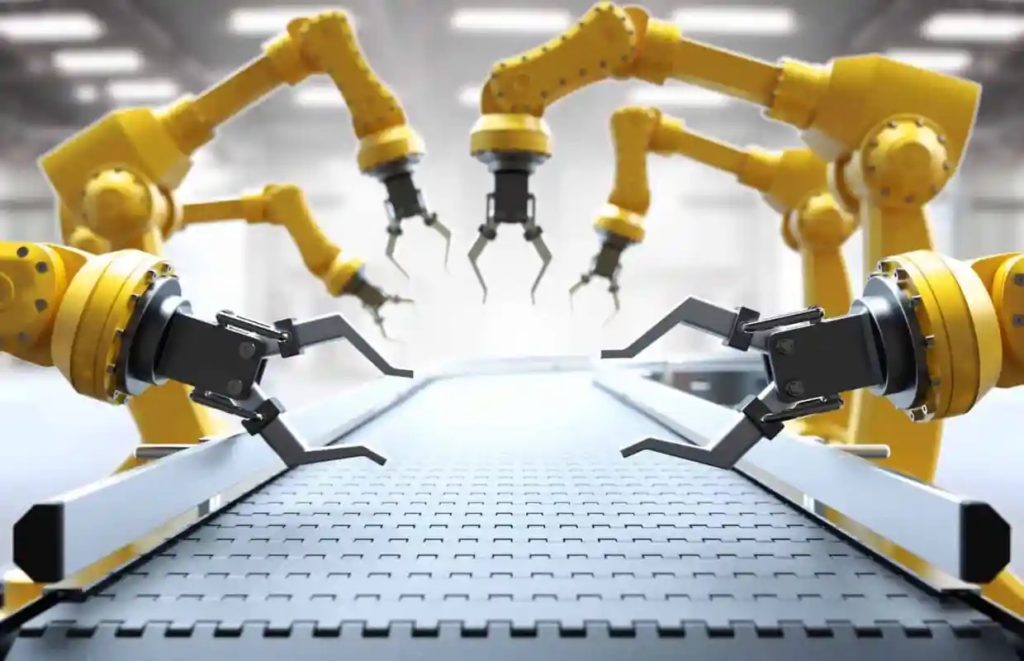
It has been no secret that manufacturers and retailers have been seeking solutions within the robotics industry for years to address challenges associated with labor, efficiency, and accuracy. However, there are some tasks where the human hand simply cannot be replicated. At Amazon, that task has been the act of product picking, that is, picking up products and placing them elsewhere.
However, Amazon recently unveiled a new automation robot arm called “Sparrow” that is designed to do just that. The new invention “combines advanced artificial intelligence, a variety of grippers, and the speed and precision that is now standard in off-the-shelf industrial robotic arms. (Source)”
The development could ultimately replace human labor for injury-prone or repetitive tasks, including those that involve heavy lifting.
The Sparrow advancement is part of a collective effort by robotics companies to create machines that mirror the dexterity, speed, and adaptability of a human arm or hand.
As designers of warehouses used for any number of purposes, including manufacturing and shipping, we are keeping a close eye on the continued advancement of robotics.
